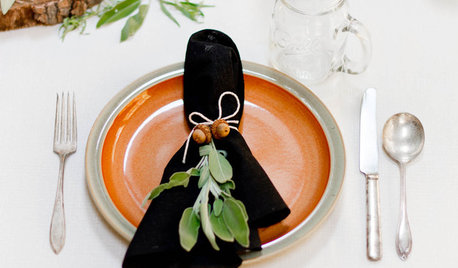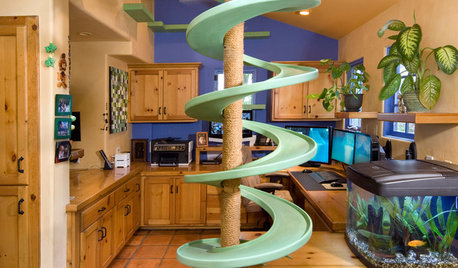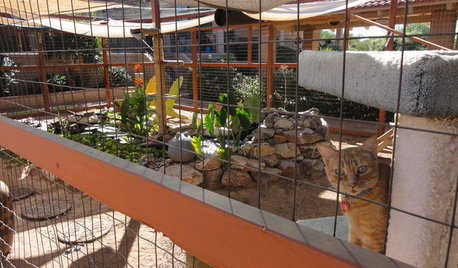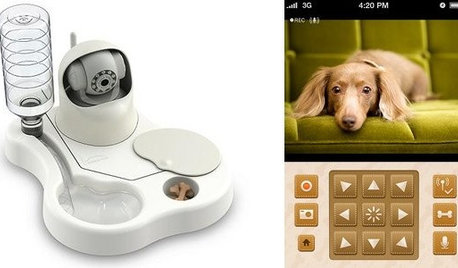monarch cats dying and one failed pupation...
sitali301
12 years ago
Featured Answer
Sort by:Oldest
Comments (8)
mechelle_m
12 years agominrose
12 years agoRelated Professionals
Simpsonville Landscape Architects & Landscape Designers · Aurora Landscape Contractors · Buford Landscape Contractors · Chattanooga Landscape Contractors · Conroe Landscape Contractors · Corona Landscape Contractors · Del Aire Landscape Contractors · Leicester Landscape Contractors · Lorain Landscape Contractors · Tuscaloosa Landscape Contractors · Chicago Ridge Landscape Contractors · Fort Lauderdale Fence Contractors · Greenwich Window Contractors · Lake Forest Park Window Contractors · Rio Linda Window Contractorsspaceman13
12 years agobananasinohio
12 years agositali301
12 years agoericwi
12 years agobeccalmt
11 years ago
Related Stories

GARDENING FOR BUTTERFLIESBe a Butterfly Savior — Garden for the Monarchs
Keep hope, beauty and kindness alive in the landscape by providing a refuge for these threatened enchanters
Full Story

FLOWERS AND PLANTSHelp Monarchs and Other Butterflies by Planting Common Milkweed
Summer-blooming Asclepias syriaca is an important larval host plant for the monarch butterfly and attracts a number of pollinating insects
Full Story
PETSSo You Want to Get a Cat
If you're a cat lover, the joys outweigh any other issue. If you haven't lived with one yet, here are a few things to know
Full Story
PETSHouzz TV: Watch These Rescued Cats Make a House Their Playland
Spirals, catwalks, tunnels and platforms create a superhighway inside this home in Southern California
Full Story
PETSSee a Deluxe 'Catio' Built for Feline Fun
Sixteen lucky cats get the run of a protected outdoor patio with ramps, steps and even a koi pond
Full Story
FEEL-GOOD HOME6 Design Ideas for Happy Pets
Keep your dog or cat feeling safe and in high spirits, and you'll all feel more at peace. Here's how
Full Story
HOME TECHTo Feed and Protect: Care for Your Pet From Afar With New Devices
You might miss the nuzzles, but your dog or cat won't miss food, water or monitoring with these high-tech feeders and cameras
Full Story
GARDENING GUIDESHow I Learned to Be an Imperfect Gardener
Letting go can lead to a deeper level of gardening and a richer relationship with the landscape. Here's how one nature lover did it
Full Story
SAVING WATERHouzz Call: Are You Letting Go of Your Lawn?
Many facing a drought are swapping turf for less thirsty plantings. If you’re one of them, we’d like to hear about it
Full Story






Tony G